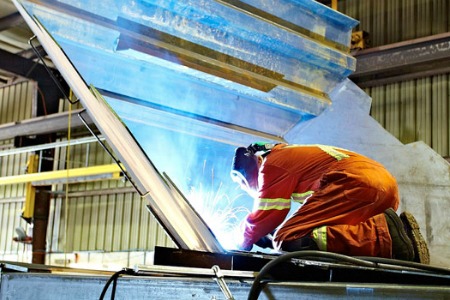Oil Prices and More: Mobile Apps for the Oil & Gas Industry
 Oil Prices and More: Mobile Apps for the Oil & Gas Industry
Oil Prices and More: Mobile Apps for the Oil & Gas Industry
Today’s oil and gas industry is a dynamic and rapidly changing environment and oilfield professionals constantly require accurate and up-to-the-minute information to perform their jobs. Luckily, there is a wide range of mobile apps, which support these professionals, including the following 10.
Rigzone provides oilfield personnel with up to date news on developments in the industry. Furthermore, it allows job seekers to search and apply for thousands of jobs in the oilfield directly through the app. The app works with pre-existing Rigzone accounts.
The Pipeline Regulations app supports professionals such as oilfield engineers in their work by providing selected parts of the Code of Federal Regulations for pipeline construction and natural gas facilities.
The app includes information on minimum safety standards, pipeline safety programs and incident reports. Offline access is available for those working at remote jobsites.
The price of oil and natural gas can change rapidly and have a profound effect on oilfield companies. The Oil Price app displays current oil prices as well as price trends.
The app is based on three major oil and gas trading benchmarks; natural gas, Brent Crude Oil and West Texas Intermediate.
Oilfield professionals must know what is happening beyond their jobsite in order to operate most efficiently. Oil and Gas News provides users with instant access to local and national oilfield news. The app includes a constantly updated news feed that sorts news into specific topics. Users can also share stories with each other directly through the app.
The Rig Count app displays an interactive map of active oil rigs and their locations in the United States. The map is updated weekly in conjunction with the release of the Baker Hughes Rig Count, which serves as a major indicator for oilfield businesses as to where there is a demand for their supplies and for oil and gas production.
Safety is a primary concern for all oilfield companies. Users of the Observations app can quickly and easily record safety observations in the field including detailed accounts of chemical, biological, physical and psychological hazards. These observations are then uploaded into an online database, where they are accessible to other users.
Schlumberger Oilfield Glossary
This app serves as a dictionary of all oilfield terms and includes more than 4,600 definitions, all of which have been reviewed by technical experts. High quality, color photographs or diagrams accompany many of the definitions. This app is accessible to both amateurs and professionals.
The WellEz Mobile app allows users to view the status of their active oil wells and allows them to monitor them for performance, drilling activity and non-productive periods. Users can also compare their wells’ actual performance to their original production plan as well as compare their current project costs to their estimated costs.
Halliburton’s “Redbook” cementing tables have served as the oilfield standard for referencing calculations for cementing and completing oil wells for the past 80 years. eRedbook Mobile gives oilfield professionals instant access to information on commonly used materials such as casing and tubing. The app can also be customized for instant access to information on a user’s most commonly used materials.




